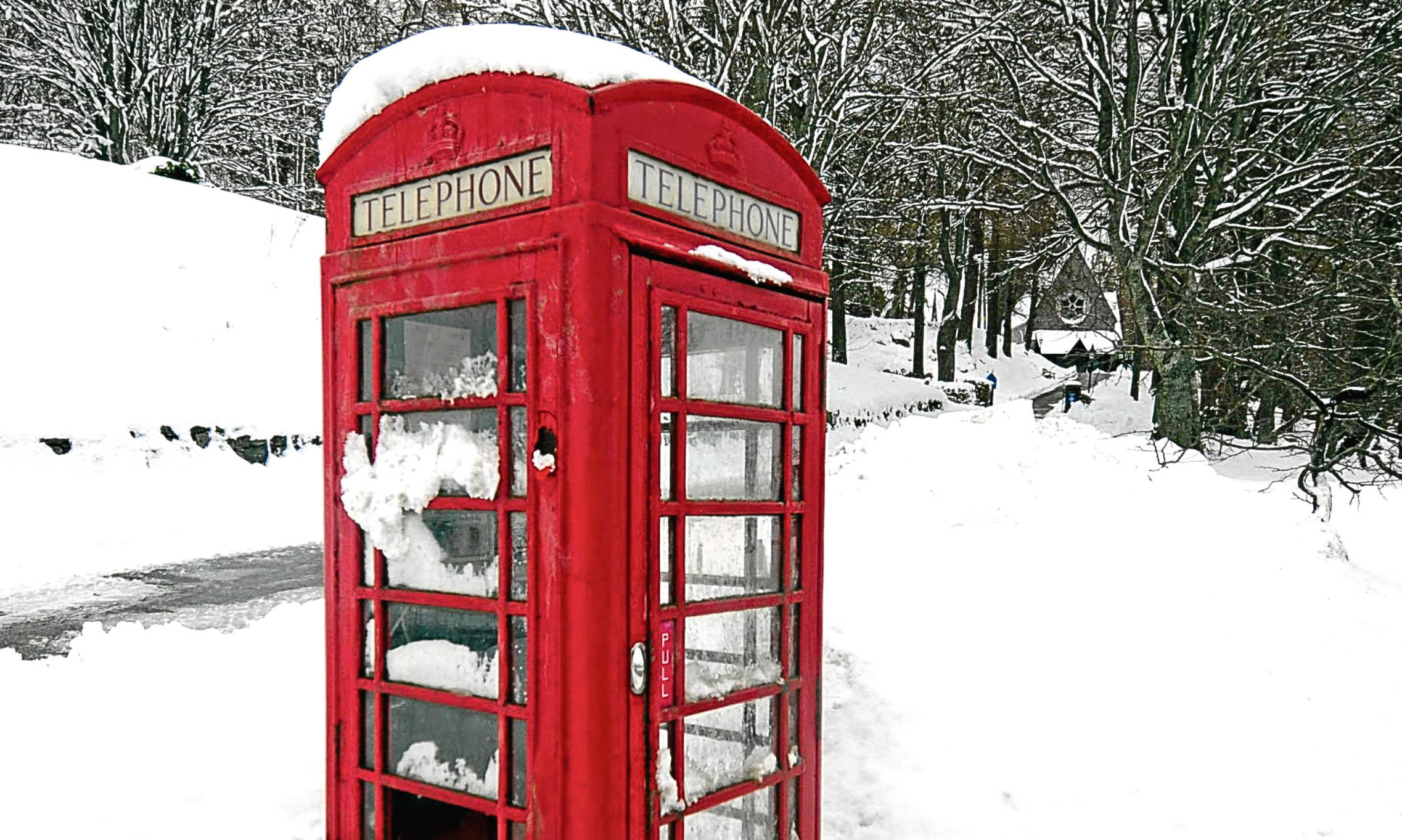I asked a child who, at the age of 10, somehow believes she knows all things but also never stops asking questions: “What do you think that is?”
There was a short pause and, disobeying a rule that only a parent who works in journalism would impose, she replied with a question: “Is it a phone?”
Indeed it was – and an unusual one. The conversation took place in a railway station, as we happened to pass a battered, vandalised and obviously unhygienic payphone hidden in a corner.
Like record players and black and white TVs, payphones are such a rare sight that many young people find them alien and puzzling.
But that’s not true in every community. Scotland, like any country filled with interesting stuff, still has 4,800 public telephones. Sadly, that won’t last.
I felt a pang of distress when I read that about 1,500 Scottish payphones could soon be lost as BT seeks to consult the public on their use.
In our pockets lie mobiles: accursed, noisy cuckoos. As a result, more than 700 public phones weren’t used even once last year and about 1,280 hosted callers fewer than five times. In Fife alone, 141 phones could have been bellowed into for the last time.
Nostalgia is a dangerous game, and it’s undeniable that a 90% drop in usage in the last 10 years has the bell tolling for the public phone.
But it’s sad to think that red phone boxes and even the more modern, open design of kiosk, might vanish one day.
So it’s heartening to see public campaigns to save them in remote spots, where they might save a stranded soul.
And, even if these cuts do go ahead, there will still be more than 3,000 in Scotland, standing ready to let a passerby make a vital call while wondering what that smell is and if they were lucky with where they put their feet.
